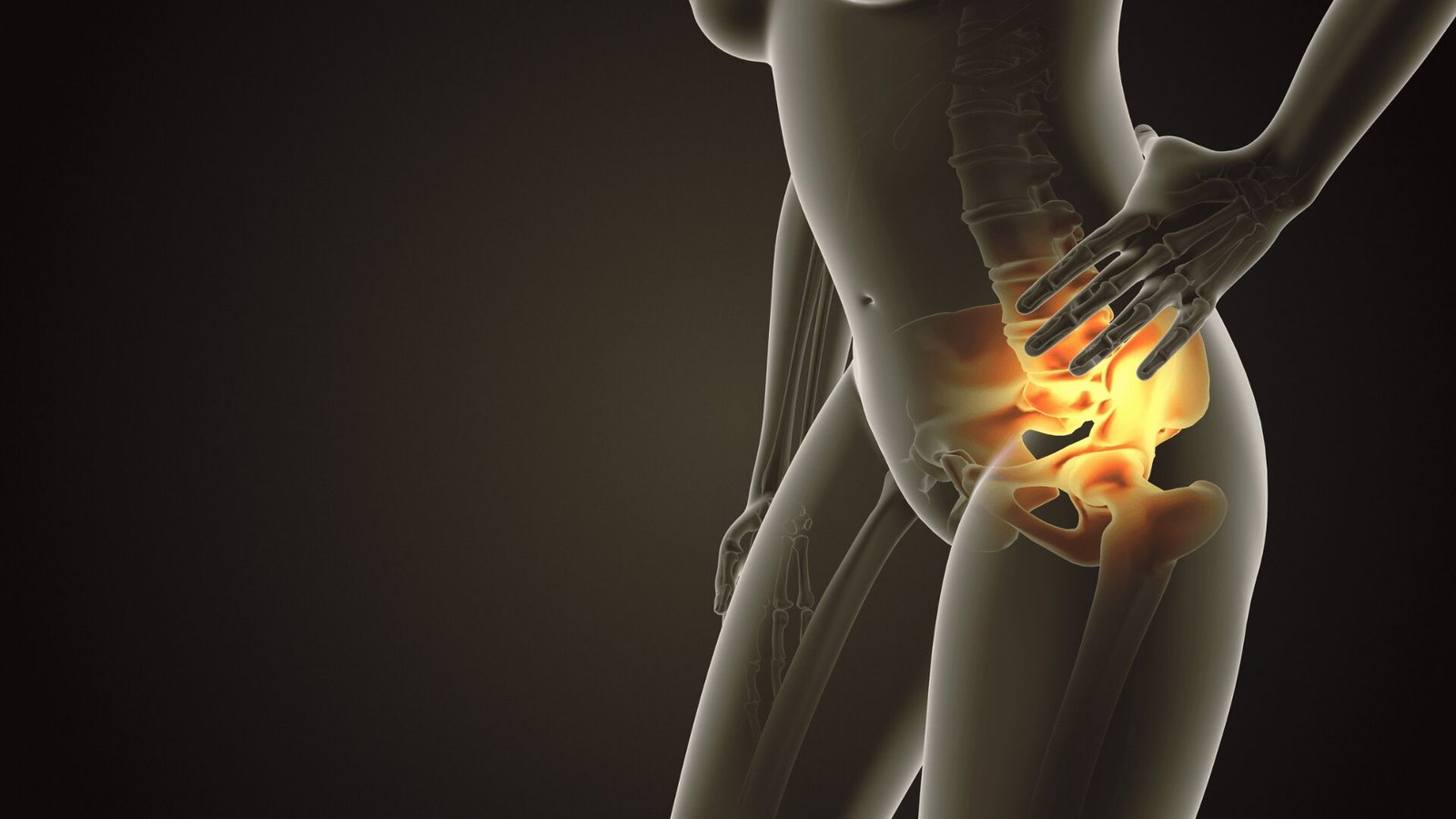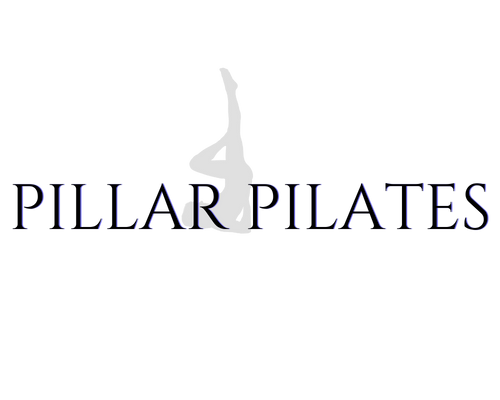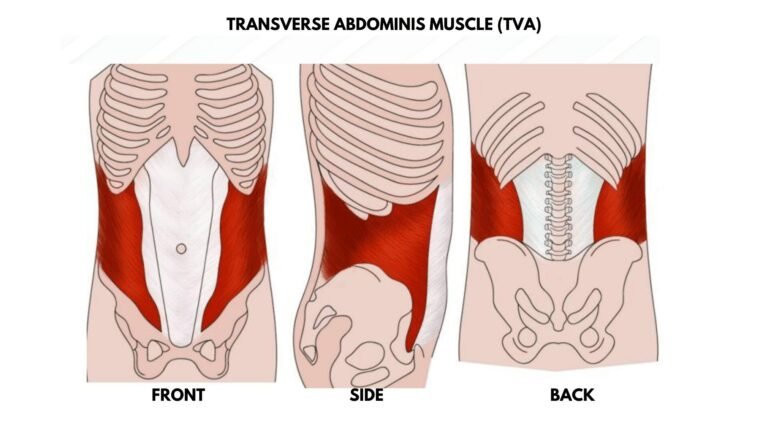
Pelvic alignment is essential for maintaining overall spinal health and body function. Ensuring proper alignment of the pelvis can prevent a cascade of issues throughout the body, contributing to better posture, reduced pain, and enhanced movement efficiency. In my Pilates classes, I emphasize the importance of pelvic alignment for several key reasons;
1. Foundation of Spinal Alignment
The pelvis acts as the foundation of the spine. Proper pelvic alignment ensures that the spine is stacked correctly, promoting a neutral spine position. When the pelvis is aligned correctly:
- The lumbar spine maintains its natural curve, supporting the upper body weight efficiently.
- The thoracic spine can align properly, reducing the risk of upper back and shoulder pain.
- The cervical spine remains in a neutral position, preventing forward head posture and associated neck strain.
2. Prevention of Forward Head Posture
I often see people struggling with forward head posture, which is frequently linked to poor pelvic alignment. When the pelvis tilts excessively anteriorly or posteriorly, it disrupts the entire spinal alignment. The body compensates by extending the head forward to maintain balance, leading to:
- Increased strain on the neck muscles.
- Compression of the cervical vertebrae.
- Headaches and neck pain due to muscle tension.
3. Reduction of Lower Back Pain
Lower back pain is a common issue that we address in my classes. An anterior pelvic tilt can lead to:
- Hyperlordosis, an excessive inward curve of the lower back, causing spinal compression and pain.
- Muscle imbalances where the hip flexors become tight and the glutes and hamstrings become weak, increasing strain on the lower back.
Conversely, a posterior pelvic tilt can lead to:
- A flat back posture, reducing the natural shock-absorbing curve of the lumbar spine.
- Increased pressure on the intervertebral discs, leading to potential herniation and chronic pain.
4. Improvement in Upper Back and Shoulder Health
Pelvic alignment directly affects the alignment of the thoracic spine and shoulders. Poor pelvic alignment can cause:
- Rounded shoulders due to compensatory changes in the thoracic spine position.
- Increased tension and discomfort in the upper back and shoulder region.
- Limited range of motion and functional impairment in shoulder movements.
Proper pelvic alignment promotes:
- An open chest and relaxed shoulder position.
- Balanced muscle activation around the shoulder girdle.
- Reduced risk of shoulder impingement and upper back pain.
5. Enhanced Overall Posture and Movement Efficiency
Proper pelvic alignment creates a cylindrical alignment between the pelvis and ribcage, ensuring that the body is stacked correctly over the ankles. This alignment is crucial for:
- Efficient movement patterns, reducing the risk of injury during daily activities and exercise.
- Balanced muscle activation, promoting optimal strength and flexibility.
- Improved breathing mechanics, as the diaphragm and ribcage can move freely without restriction.
How Pilates Can Help

In my Pilates classes, we focus on achieving and maintaining proper pelvic alignment. With regular practice, Pilates can help re-align and strengthen the muscles that stabilize the pelvis. Here’s how we do it:
- Core Strengthening: We target the deep core muscles, including the transverse abdominis, obliques, and pelvic floor. Strengthening these muscles provides better support for the pelvis and helps maintain its proper alignment.
- Flexibility and Balance: Pilates enhances flexibility and balance, reducing muscle tightness and promoting even muscle development around the pelvis. This balance prevents the pelvis from tilting excessively in any direction.
- Postural Awareness: We emphasize body awareness and control. You’ll learn to recognize and correct poor pelvic positioning, developing habits that support optimal alignment throughout daily activities.
- Stabilization Exercises: Many exercises we do specifically target the stabilization of the pelvis. Movements such as pelvic tilts, bridges, and leg lifts are designed to engage and strengthen the stabilizing muscles, ensuring that the pelvis remains in the correct position.
- Spinal Mobility and Alignment: We promote spinal mobility and alignment, helping to counteract the effects of poor pelvic positioning. Exercises that articulate the spine and pelvis together teach the body how to move efficiently and maintain proper alignment.
The Ripple Effect of Poor Pelvic Alignment
When the pelvis is misaligned, it sets off a chain reaction that impacts the entire body:
- Spinal Misalignment: The spine adjusts to the pelvis’s position, leading to compensatory curvatures that can cause pain and dysfunction.
- Muscle Imbalances: Muscles around the pelvis and spine compensate for the misalignment, becoming either overactive or underactive, leading to tension, weakness, and pain.
- Postural Deviations: The head, shoulders, and ribcage shift out of their natural alignment, causing forward head posture, rounded shoulders, and an altered gait.
Conclusion
Maintaining proper pelvic alignment is a top priority for the health and function of your entire body. It ensures a stable foundation for the spine, promotes balanced muscle activity, and prevents compensatory postural issues. By focusing on pelvic alignment, you can improve your posture, reduce pain, and enhance your overall movement efficiency. Pilates is a powerful tool for long-term wellness and physical health. Remember, the alignment of your pelvis sets the tone for your entire body, making it essential to prioritize in your practice. Join my classes to start your journey toward better alignment and a healthier body.
Join a class here: www.bookwhen.com/ppilates



